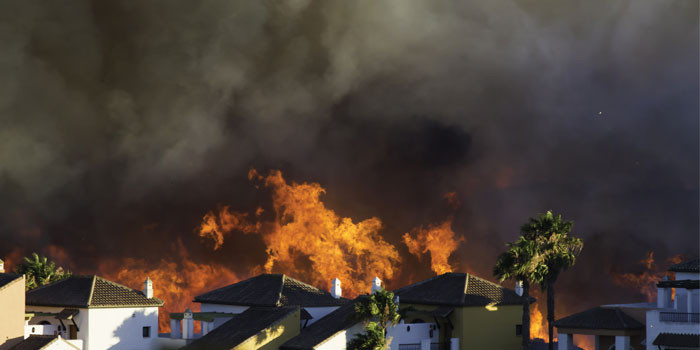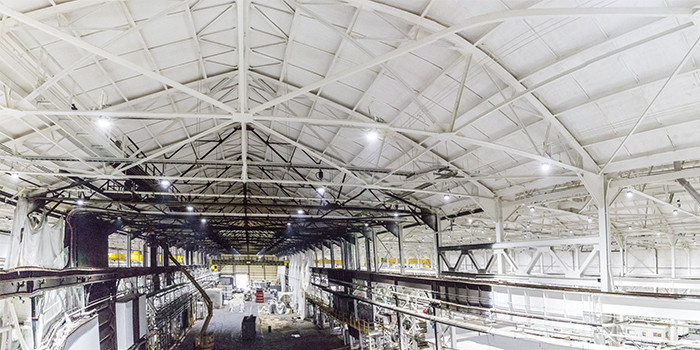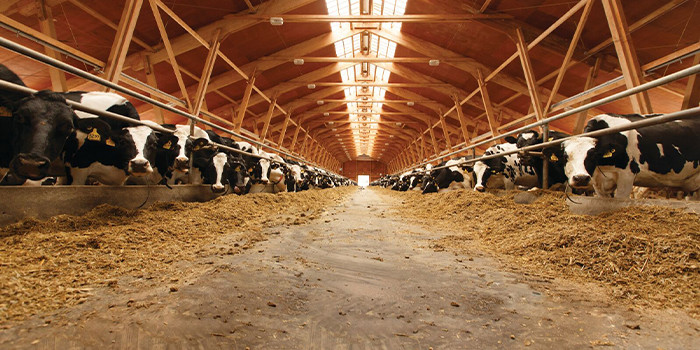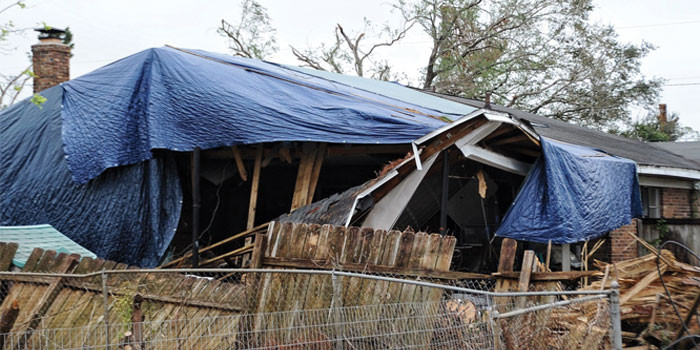A Burning Question


SPRING ISSUE 2019 – One of the most effective advanced designs that we use in the spray foam insulation industry is the unvented, sealed attic assembly.
Unvented attics have been allowed in the building code since the 2004 Supplement to the 2003 IRC. In the latest codes, the 2012, 2015, and 2018 IRC, Section 806.5 offers several parameters for creating these designs, including the use of an air-impermeable insulation, like spray foam, applied directly to the underside of the roof deck. When you use this design parameter, attic vents, like soffit vents, ridge vents, and eave vents, are not required and the conventional building envelope changes—the thermal boundary moves from the ceiling plane to the underside of the roof deck and encapsulates the traditional attic space within the newly designed thermal enclosure.
This design works for several key reasons:
- Air-impermeable insulation in direct contact with the underside of the roof deck separates the attic space from the roof deck and the exterior with an air barrier; therefore the attic air cannot come in contact with the roof deck, the most likely condensing surface.
- Attic ventilation in humid climates can increase attic moisture levels1; by air sealing the attic and eliminating attic ventilation, we can better control attic moisture levels and lower moisture related risk.
If you are in the spray foam industry, you should be aware of this design. A majority of people focus on the energy efficiency aspects of the design—such as lowering the air leakage of the building, lowering the ambient temperature surrounding the HVAC system and ductwork, and maintaining duct leakage inside the thermal enclosure.
These energy-saving benefits are very important if your customer is only concerned about their energy bill, thermal performance, payback period, and energy savings.
What happens if your customer is more concerned about damage to their building from rainwater, snow, or fire? They may have experienced this type of damage in the past or they are rebuilding from a recent damaging event. In these cases, we can use this same unvented, sealed attic assembly to solve their problem, but it requires a different conversation.
Vented attics are designed to allow air into the attic through soffit and eave vents, around the perimeter, and create natural ventilation by exhausting air out of gable, ridge or rooftop vents. However, under high wind conditions, these ventilation openings can lead to wind-driven rain, snow or fire embers entering a building’s attic and causing damage, lots of damage in some cases.
There is anecdotal evidence of rainwater intrusion into soffits under high winds:
“Two Florida builders who build homes with both sealed attic and ventilated attic construction reported that while they experienced no water intrusion problems with sealed attics, those with off-ridge ‘scoop’ or ‘gooseneck’ vents did experience problems.”1
Research at the University of California by Stephen Quarles shows that soffit vents are vulnerable to flame and ember entry and were associated with many structure losses in the 2003 wildfire in Southern California.1 In this same research, Quarles estimates that elimination of soffit and ridge venting in homes would reduce fire spread rates in residential neighborhoods during wildfire events.1
With these studies in mind, we can use the unvented, sealed attic assembly to close these connections to the attic and, in many cases, eliminate the vents all together. And, on top of the energy efficiency benefits that most of us are familiar with, these sealed attics can also reduce, and potentially eliminate, damage from rainwater intrusion, wind-blown snow and airborne fire embers that jump from house to house.
So, the next time you are working with a prospect in an area that experiences high winds, tornados, hurricanes or wildfires, remember to share these ideas about the sealed attic assembly.This can help you build value, beyond energy savings, and help you close more sales.
Direct any questions you have about statements made in this article to Robert Naini: 817-983-3544 | robert@sprayfoamadvisor.com
About the Author Robert Naini has a Bachelor’s of Science in Mechanical Engineering and an MBA from the University of Texas in Arlington. With more than a decade of experience on the cutting edge of spray foam insulation, he has helped hundreds of owners and managers grow their business with a unique knowledge base including spray foam sales and marketing, employee and applicator training, building science awareness and building code expertise. Spray Foam Advisor offers web-based training and education, with videos, articles, blogs and more, to help solve problems for spray foam professionals and the construction industry.
*Spray Foam Magazine does not take editorial positions on particular issues; individual contributions to the magazine express the opinions of discrete authors unless explicitly labeled or otherwise stated. The inclusion of a particular piece in the magazine does not mean that individual staff members or editors concur with the editorial positions represented therein.
Disqus website name not provided.








































